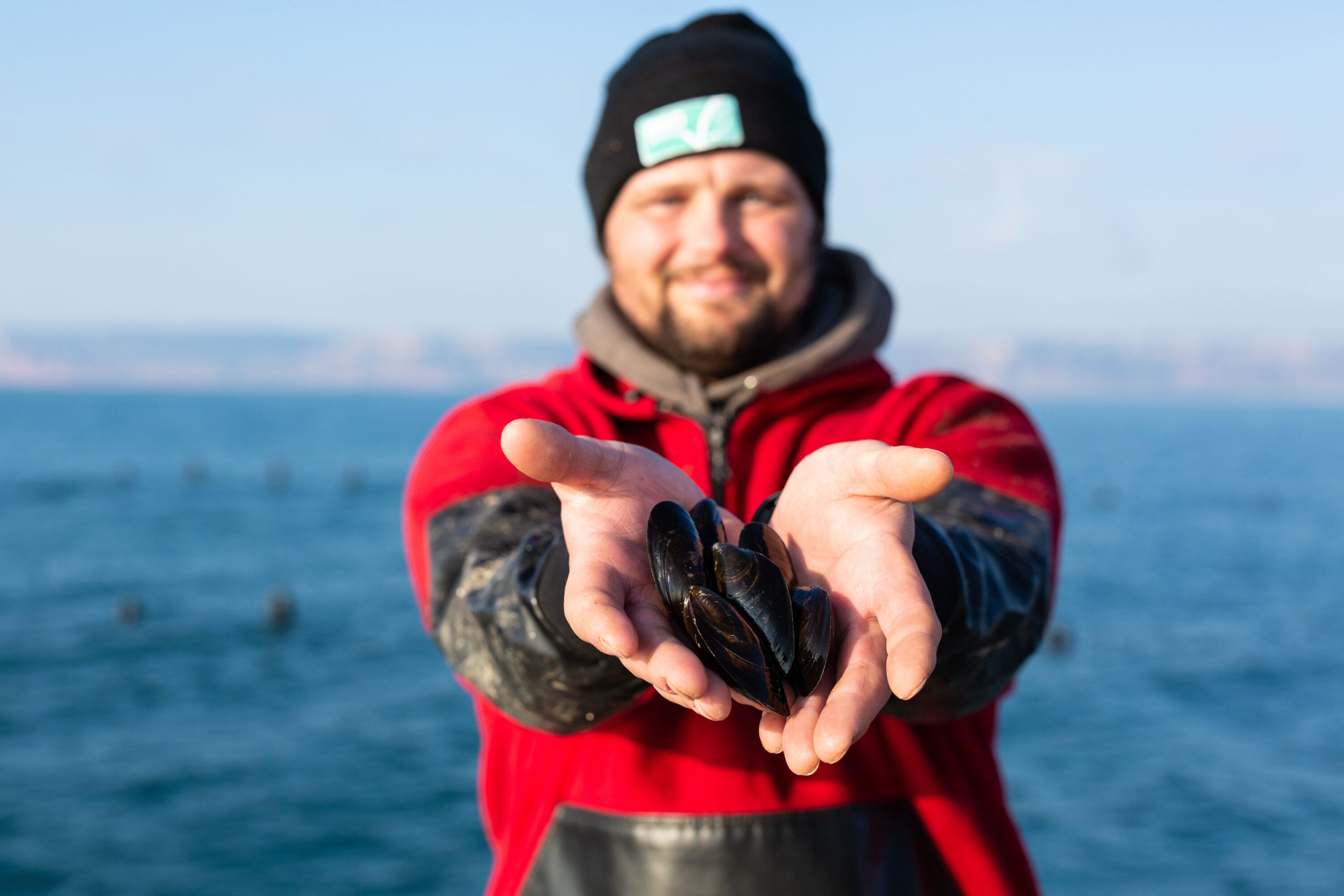The Truth Behind the Color of Farm-Raised Salmon
Salmon is prized for its bright pink-orange hue, but rumors persist that farmed salmon is naturally gray and has to be artificially dyed. Is there any truth to this claim? Let’s find out.
The Natural Color of Salmon
Wild salmon get their distinctive color from eating krill, shrimp, and other small crustaceans that feed on astaxanthin, an antioxidant pigment that gives salmon flesh its reddish-orange tint. Salmon cannot produce this pigment on their own, so they accumulate it through their diet. The more astaxanthin-rich foods salmon eat the redder their meat becomes. Some species like sockeye have deeper red flesh as they consume more pigmented prey while others like chinook have paler meat since they eat more white fish.
So wild salmon are naturally pink, contrary to the myth that they are gray. Their coloration is directly tied to their natural diet.
The Color of Farm-Raised Salmon
On fish farms salmon are fed nutritionally balanced pelleted food designed by aquaculture nutritionists. To replicate the hue of wild salmon, astaxanthin is added to their feed. Without this supplementation farmed salmon would indeed be pale gray rather than pink.
The astaxanthin in farm-raised salmon comes from natural sources like algae and yeast It is identical to the pigment wild salmon get from eating shrimp and krill No artificial dyes are used.
By adjusting the level of astaxanthin in feed, farmers can control the desired pinkness. But the pigment itself is 100% natural, whether from wild foods or aquaculture supplements.
Why the Dye Myth Persists
Despite the facts, myths about dyeing farmed salmon have stubbornly endured. Some reasons this misconception continues to circulate:
-
Lack of transparency: Some farms previously hid their use of astaxanthin, fueling consumer suspicion.
-
Consumer demand: Shoppers expect salmon to be pink. Grayish fillets appear unappetizing, even if perfectly healthy.
-
Marketing ploy: Wild salmon proponents perpetuate the myth to discredit farmed fish.
-
Variations in color: Wild and farmed salmon differ in color since their diets differ. This is misinterpreted as artificial coloring.
-
Sensationalism: Stories about unnatural practices generate more interest, even if untrue.
Scientists and farmers have thoroughly debunked the dye myth, but correcting misinformation remains an ongoing process.
Health Benefits of Astaxanthin
Initially added just for color, research shows astaxanthin offers other significant health benefits:
- A potent antioxidant that protects cells from damage
- Boosts the immune system and defends against disease
- Improves cardiovascular function and heart health
- Protects skin from sun damage
- Enhances fertility, embryo development, and reproduction
- Reduces oxidative stress and inflammation
- May lower risk factors for diabetes, cancer, and other conditions
Both wild and farmed salmon provide health-promoting astaxanthin.
Color Alone Doesn’t Signify Health
It’s important to note color alone does not indicate nutritional value or quality. Wild salmon can harbor contaminants and parasites, while paler farmed salmon can still be perfectly healthy.
When choosing salmon, look for sustainability certifications like ASC rather than judging on color. The natural pink-orange hue should not be the deciding factor in salmon purchases.
The Takeaway
Despite stubborn myths, salmon farmers do not dye their fish. The use of natural astaxanthin supplements simply replicates the color that wild salmon acquire from their diet.
The rich pink-orange color we love in salmon fillets comes courtesy of nature, whether the fish grew up in the wild or on a responsible farm.

Why ASC?We set the standard for seafood. If you see the ASC label on pack, you can be sure that your seafood was farmed with care.

CertificationJoin the most recognised certification programme as proof of your responsible farming practices to a global audience.

Atlantic Salmon vs Sockeye Salmon
FAQ
Are farmed salmon gray?
Farmed salmon live their entire lifecycle in industrial pens submerged under water. Unable to eat a diet of wild nutrients, they are often fed soy- and corn-based pellets that plump up them up to market size in a few months. In fact, without synthetic additives, farmed salmon flesh is gray, not red.
Why is some of my salmon grey?
Fresh raw salmon is moist with bright pink- or orange-colored flesh. Raw fillets past their prime time appear dull-looking, discolored, or gray.Oct 30, 2024
How to tell if salmon is farm raised?
To determine if salmon is farm-raised, look for labels indicating “farm-raised” or “Atlantic salmon”. Additionally, farm-raised salmon often has a lighter color, more fat (including white ribbons), and a softer texture compared to wild-caught salmon.
Why is farmed salmon so pale?
If there’s not enough astaxanthin-containing food around, the salmon won’t be able to get enough of the pigment, leading to a paler colour.
